Cool chess article about how computers win chess
Chess blog for latest chess news and chess trivia (c) Alexandra Kosteniuk, 2011
Chess fans watch as computer program Deep Blue defeats then-world chess champion Garry Kasparov in May 1997.
Photo: Reuters
Here is a very nice story about computers and chess. It explores the concept of how computers tackle chess. You will enjoy reading it.
Chess is one of humanity's most cerebral activities and devising a machine that could beat us at our own game was a long-standing goal of artificial intelligence.
This goal is generally acknowledged to have been reached in 1997 when IBM's Deep Blue defeated grandmaster and world champion Garry Kasparov. But there is more to the legacy of computer chess than that triumph.
Chess is one of humanity's most cerebral activities and devising a machine that could beat us at our own game was a long-standing goal of artificial intelligence.
The first machine to play chess was unveiled by Wolfgang von Kempelen in 1770. It took the form of a man in Eastern garb sitting behind a box on top of which was a chess board. The Turk, as it came to be known, appeared to play its human opponents using nothing but clockwork and toured the world, becoming famous.
But it was all an illusion. A cunningly concealed human operator directed the action on the board, moving the Turk's arm using a system of levers and reading the opponent's moves via magnets.
The Turk did leave us with more than a good story, though, for it is believed to have helped inspire the development of genuine breakthroughs from the power loom to the telephone.
For a machine that could really play chess the world had to wait for the computer age. Computing heavyweights like Alan Turing were obsessed with chess even before computers were powerful enough to play it. Chess has simple, well-defined rules but is also difficult to play well so it was seen as a good test for the fledgling field of artificial intelligence.
The key to success in chess is to look ahead at the consequences of different moves and counter-moves. The problem is that there are a lot of possibilities to examine. For each board position in chess there are on average 35 possible moves that can be made, for each of those an average of 35 counter-moves and so on.
One way to look ahead further is through software tricks that stop the computer going down blind alleys as it considers future moves. Another is fast, specialised hardware. Deep Blue used both when it beat Kasparov in 1997.
Deep Blue could play a mean game of chess – but that is all it could do.
On the other hand it showed that in just 50 years we could go from a standing start to creating a chess-playing machine that outstripped even our best and brightest.
So what's our next move?
From Alexandra Kosteniuk's
Also see her personal blog at
Labels: chess and computers








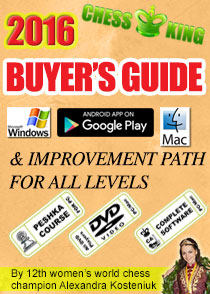








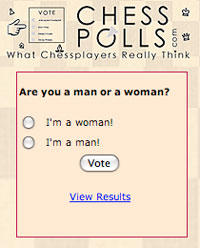
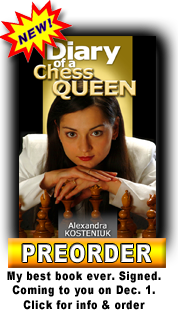










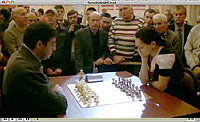
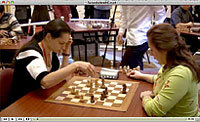
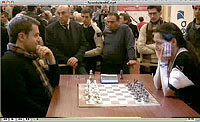

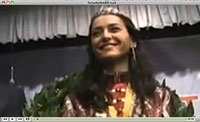

0 Comments:
Post a Comment
Note: Only a member of this blog may post a comment.
Subscribe to Post Comments [Atom]
<< Home